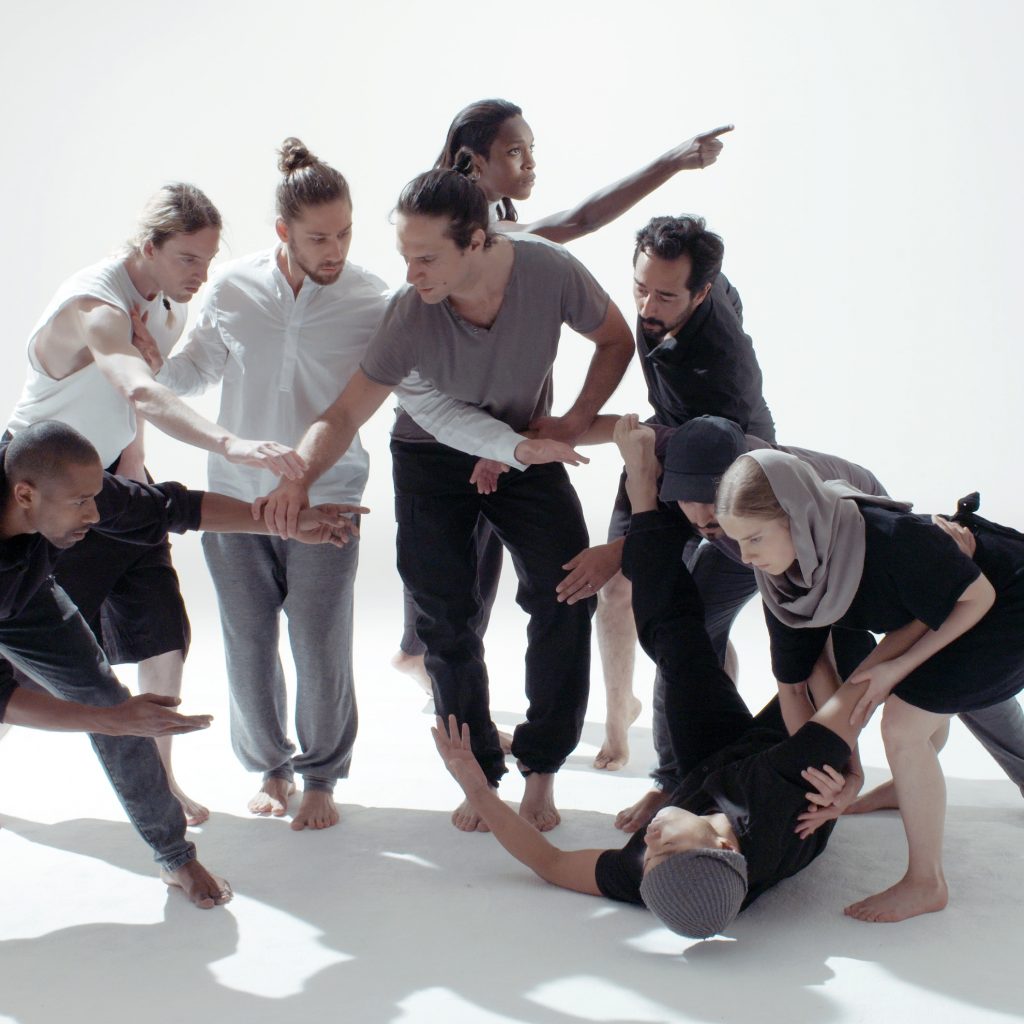
- News
Interview with Coralie Vogelaar
One of the creators of Recognized / Not Recognized
What drives you to be creative?
I’m constantly wondering why is it that we, collectively as a society, find one image more appealing than another? How do we arrive at those preferences and what is the impact of them? In my work I conduct systematic studies revealing these mechanisms happening in our visual culture. I do this by looking at the patterns that emerge from massive amounts of imagery and the behavioural data that machines collect about people’s interaction with them.
I have a special focus on quantitative research methods with the help of the computer such as A/B testing, deep learning, software for eye-tracking and image – & emotion recognition, which all can be used to calculate and compare underlying image features in ways humans never could before.
How did you choose these specific pictures for “Recognized / Not Recognized“?
I amassed an archive of 850,000 news images (including amateur footage) from the databases of the five biggest international news agencies, such as AFP and Reuters, (which are owning the smaller ones like Al Jazeera and Xinhua News). The photos were taken from the 10 most covered events of the past five years.
Using image recognition software, I determined how many times each individual image exists on the google indexed web. In other words, the reproduction rate of each image is calculated to measure the success factor. Press photos from a big news event have a wide range of variables but are in a way very uniform – since they are all witness photographs –, therefore my database consists of an ideal set for a cross-sectional study.
From the results of this study I selected duos of photos which were taken at the same moment and same spot (and in a certain way visually similar), but had a very different ‘success rate’. Together with Marjolein Vogels, the choreographer, we divided this database in an almost ‘machine vision manner’. For example, 1. a single person surrounded by others (e.g. the arrest of a person or a victim being carried away); 2. a strong body movement of one or more people (e.g. running away or throwing a stone); and 3. showing a certain stillness in posture (e.g. waiting or mourning).
For your performance, you use many visual data / photos that are published and not published. In this way your performance is telling something about visual culture. How do we relate to visual culture in daily life, according to you?
It is interesting to speculate that an algorithm for ideal images could become the basis of a built-in algorithm for the camera. With face and body movement recognition, the software itself – just like the smile detection software in recent consumer cameras – could deduct a successful composition and automatically decides to take the picture (or automatically filter the right still from moving imagery).
From the enormous sea of photographic data, we tend to choose and therefore find those images that suit our eye and affirm the Western compositional tradition we are surrounded by. A lot of search algorithms like google are already built on the validation of certain presents and stereotypes (because of our own looking behaviour). At the moment – with a little bit of effort – unsuccessful photos can still be found behind a login wall. However in the future these images would not even be registered by the camera, and if the camera delivers them than it is very unlikely they can be retrieved. Unsuccessful news images are then being considered as dirty data and are simply wiped from the system.